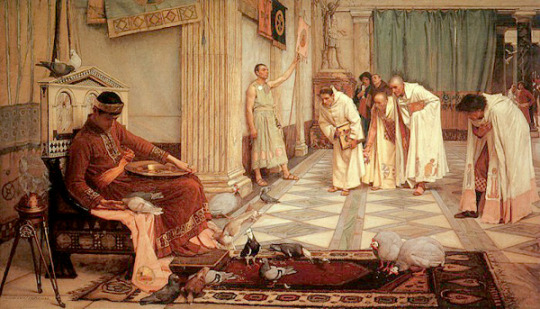Text
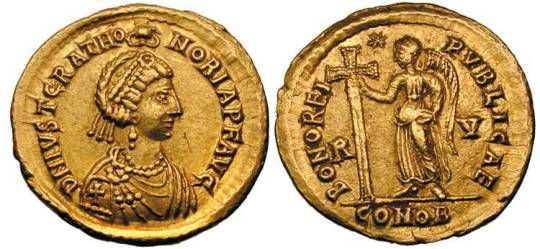
Solidus of Honoria showing the empress crowned with a diadem by the Manus Dei (hand of God), marked: d·n· iust· grat· honoria p·f· aug·("Our Lady Justa Grata Honoria, Pious Happy Augusta"). The reverse shows Victory and a crux gemmata, marked: bono reipublicae ("The Good of the Republic").
"At a critical period of European history a princess of the Theodosian house played a brief but conspicuous and outrageous part. Her relations with Attila have secured a scandalous notoriety to the princess Honoria, who would otherwise have been as mere a name to us as her cousins Arcadia and Marina; for her action, if it did not alter the main course of events, determined the Hun king's policy during three critical years. The story of her conduct was told by Priscus, the best and most eminent historian of the fifth century, and the most accurately informed on all matters connected with the Huns.
Honoria (like the sisters of Theodosius) had a separate establishment of her own, doubtless within the palace precincts at Ravenna, and a steward or comptroller to manage it. The name of this man of business was Eugenius, and with him she had an amorous intrigue. It was discovered. The paramour was put to death, and Honoria was driven from the palace and was betrothed (κατεγγυᾶται) to a certain Herculanus, a highly respectable senator, who was ready to wed a princess of damaged reputation. He has been identified with Flavius Bassus Herculanus who was afterwards consul (425) and therefore must have been a man of wealth. The choice was made because he was esteemed a safe man who could be depended upon to resist if his wife attempted to draw him into ambitious or revolutionary schemes.
The idea of this union was hateful to Honoria, and she sent a trusted servant, a eunuch named Hyacinthus, to Attila, with a sum of money and a ring, requesting his assistance against her brother. Attila eagerly espoused her cause. He claimed her as his bride, and demanded that half of the territory over which Valentinian ruled should be surrendered to her. At the same time he made preparations to invade the western provinces. It seems that he first addressed his demands and threats to Theodosius. It was the spring or summer of 450. Theodosius promptly wrote to his colleague, and apparently advised him to avert the serious danger of a Hun invasion by surrendering Honoria. Valentinian was furious. The details of the treasonable communications with the Hun were extorted from Hyacinthus by torture before he was beheaded. Honoria's life was only spared through the intercessions of her mother. Attila, when he heard of her treatment, sent an embassy to Ravenna to vindicate her: she had done no wrong, she was affianced to him, and he would come to enforce her right to a share of the imperial power."
-taken from Wikipedia
56 notes
·
View notes
Text
Fun fact about the early Catholic church is that, despite spending generations being persecuted by the Roman empire, it took less than 15 years under Theodosius I to go from “the empire is Catholic now” to “and also every other religion is banned.” You can literally read St. Augustine move from “state religious persecution is unacceptable” to “state religious persecution is cool actually” over his lifetime as Catholicism came to power. I’m sure there’s no broader lessons to be learned there
28K notes
·
View notes
Text
Amateur free divers find gold treasure dating to the fall of the Roman Empire
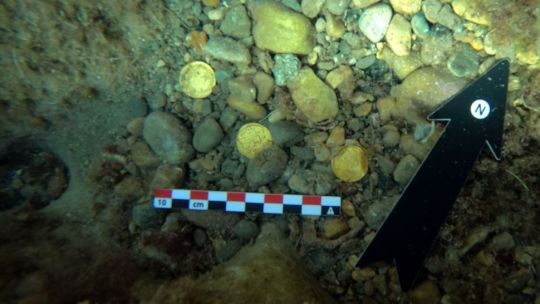
Two amateur divers swimming along the Spanish coast have discovered a huge hoard of 1,500-year-old gold coins, one of the largest on record dating to the Roman Empire.
The divers, brothers-in-law Luis Lens Pardo and César Gimeno Alcalá, discovered the gold stash while vacationing with their families in Xàbia, a coastal Mediterranean town and tourist hotspot. The duo rented snorkeling equipment so they could go freediving with the goal of picking up trash to beautify the area, but they found something far richer when Lens Pardo noticed the glimmer of a coin at the bottom of Portitxol Bay on Aug. 23, El País reported.
When he went to investigate, he found that the coin “was in a small hole, like a bottleneck,” Lens Pardo told El País in Spanish. After cleaning the coin, Lens Pardo saw that it had “an ancient image, like a Greek or Roman face.” Intrigued, Lens Pardo and Gimeno Alcalá returned, freediving to the hole with a Swiss Army knife and using its corkscrew to unearth a total of eight coins.
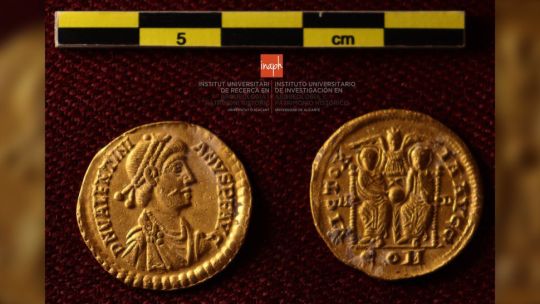
Read more.
221 notes
·
View notes
Photo

The favourites of Emperor Honorius, 1883, John William Waterhouse
Medium: oil,canvas
77 notes
·
View notes
Photo
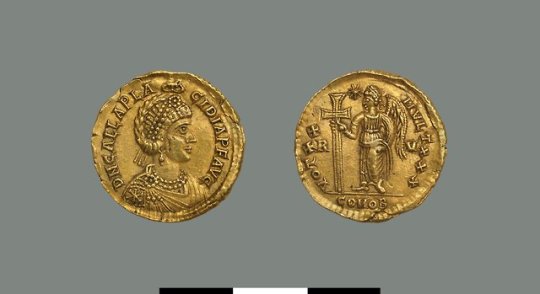
A Roman Solidus coin bearing the likeness of Galla Placidia, the daughter of Emperor Theodosius who served as regent for Valentinian III, 421-450 AD [4096x2234]
92 notes
·
View notes
Text
On this day: August 27, 410 CE
Sack of Rome: the Visigoths under Alaric I begin to pillage Rome. This was the first time in almost 800 years that Rome had fallen to a foreign enemy. The sacking of 410 is seen as a major landmark in the fall of the Western Roman Empire.

131 notes
·
View notes
Text
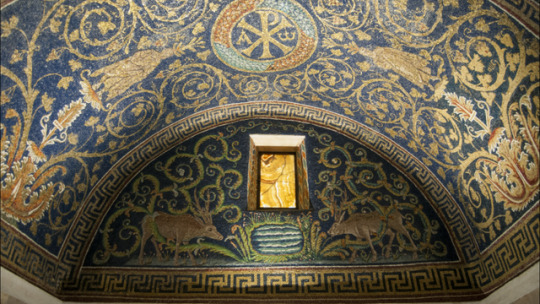
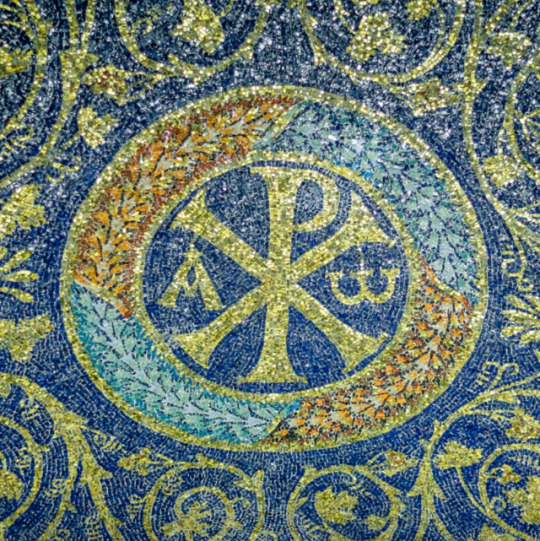

Mausoleum of Galla Placidia, Ravenna, Italy
Early Byzantine mosaics
21 notes
·
View notes
Photo

Theodosius I makes peace with the Goths after the disaster at Adrianople (382 AD, colorized)
104 notes
·
View notes
Photo
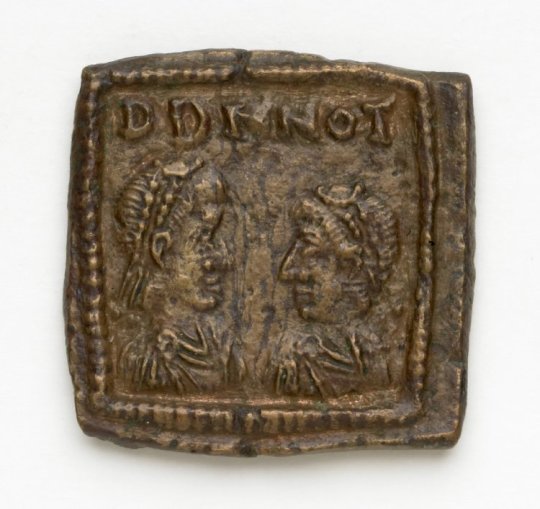
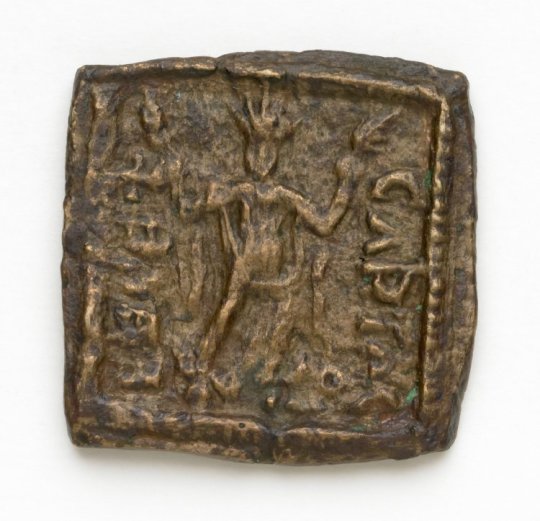
Late Roman coin-weight in the name of Honorius and Theodosius II
Roman, 408-423 A.D.
146 notes
·
View notes
Text
On this Day | 17 January

Solidus of Theodosius I, minted in Mediolanum (Milan), 395 CE.
In 395 CE, Theodosius I, the Great, Spanish emperor of Rome, died aged 49.
47 notes
·
View notes
Text
On This Day | 11 January
In 347 CE, Emperor Theodosius I, known also as Theodosius The Great, was born in Hispania. He was the last emperor to rule the eastern and western empire.
30 notes
·
View notes
Link
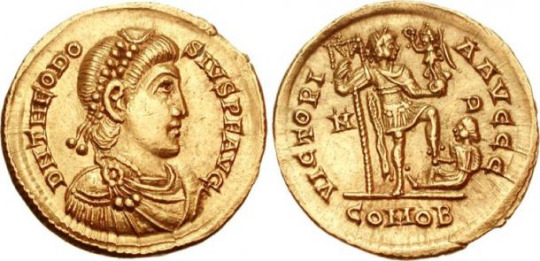
Solidus coin of Theodosius I. 379-395 AD. (Classical Numismatic Group, Inc/ CC BY SA 2.5 )
Theodosius I (also known as Theodosius the Great) lived during the 4th century AD. He was the last Roman emperor to rule over both the eastern and western halves of the Roman Empire. It was during the reign of Theodosius I that Nicene Christianity became the official religion of the empire, suppressing paganism.
Continue reading
65 notes
·
View notes
Photo
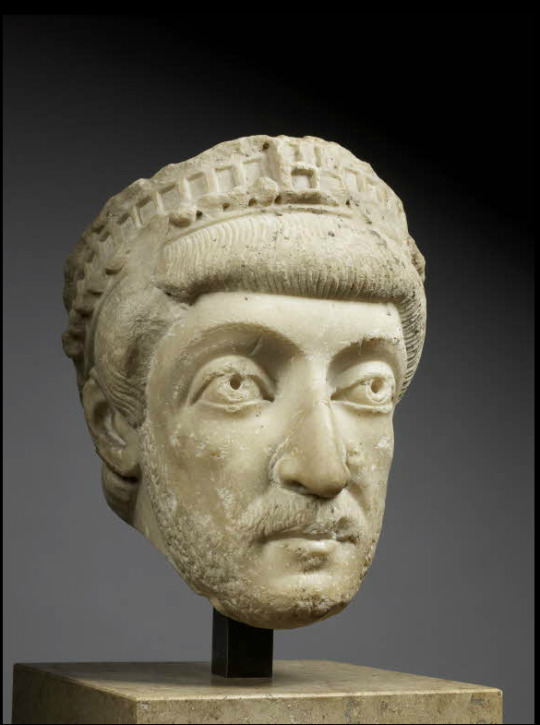
A diademed bust of the Byzantine emperor Theodosius II.
Carved out of marble.
Made in the 5th century at Constantinople.
Currently located at the Louvre.
163 notes
·
View notes
Text

Translation:
Cicero and Catilina
“Two politicans runs to be elected as a consul in the roman republic 63 BC. one of these two, is a really sore loser.”
[blurb from the swedish history podcast “historiepodden”. Link to episode https://www.acast.com/historiepodden/202-cicero-och-catilina]
Soooo, @catilinasuggestions and @cicerosuggestion who are the sore loser and! Are you proud/mortified your pettiness lives on, and is spoken about by those nordic barbarian 2000 years later
49 notes
·
View notes

